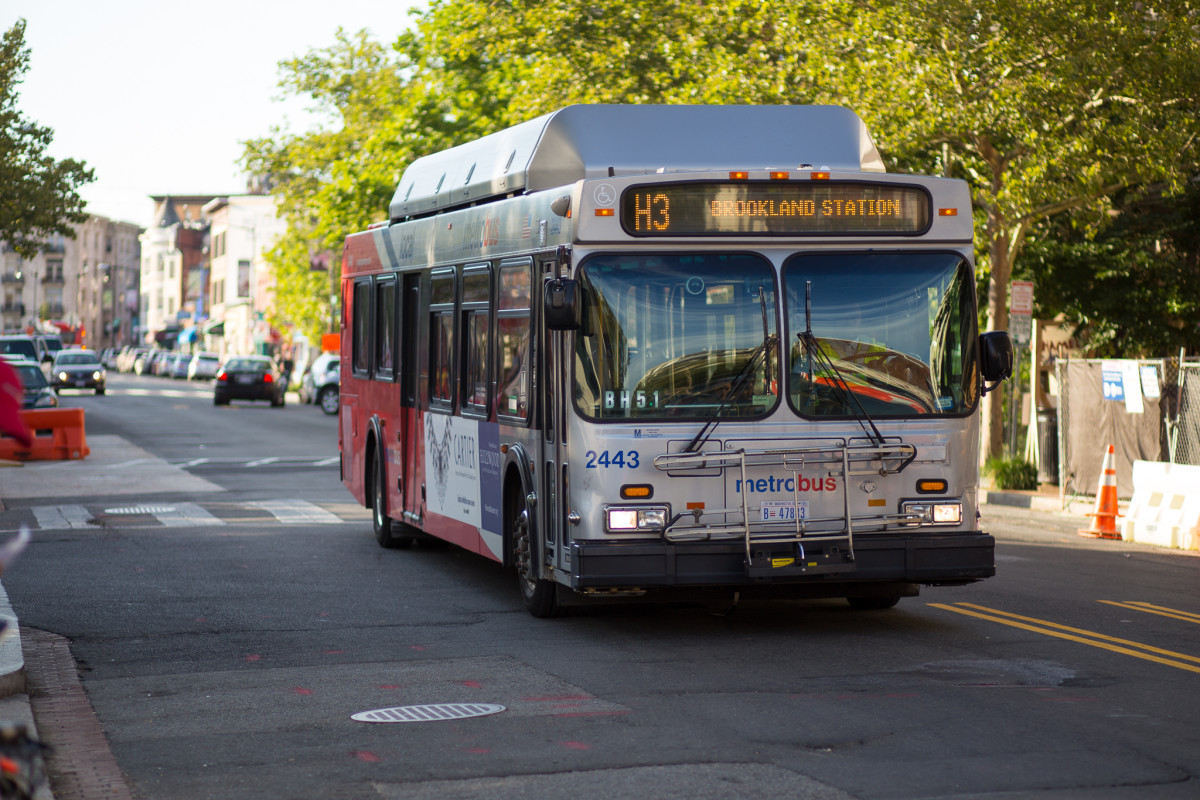THE NEED FOR ROUTING
A public transportation system needs to be able to handle a lot of different trips. Direct public transportation routes cannot be provided to satisfy all criteria. However, this feature can be achieved in large part by offering a network of bus schedule for bus routes that allow travelers to take complex trips by combining different routes.
Routes are often planned separately rather than as components of coordinated networks in many transportation systems. This is typically insufficient to satisfy the needs of a sizable percentage of passengers. Inadequate route planning can lead to irregular frequencies, a high need for route interchanges, and inadequate route coverage.
CONNECTIONS
Other route networks have been created to offer easy connections between every location where demand exists. Some have been created to satisfy preset requirements, including a cap on the number of route interchanges on a given trip.
Theoretically, an ideal transportation system will eventually emerge due to market forces. However, this evolution—which is essentially based on trial and error—would take a long time to implement in bus schedule for bus practice. Furthermore, the optimal route design will never change because cities are always expanding and changing.
In fact, the development of transportation services will always tend to lag behind shifts in demand, even with highly developed planning capabilities. Due of the quick speed of change, transport planning is particularly challenging in developing nations. Plans need to be reviewed frequently and updated as needed.
RELIANCE ON DATA
Data from surveys, operators’ internal systems, and transportation demand and supply can all be used to inform public transportation planning. Transport authorities may also have access to land use plans, plans for private and public sector developments, traffic demand predictions, economic forecasts, and overall transport plans and projections.
Some cities often revise their routes as part of their daily operations. However, despite the fact that other cities have grown and changed significantly, there have been almost no changes for many years.
A new central business district called New Kingston was created in Kingston, Jamaica, for instance, approximately eight kilometers away from the existing downtown sector. The bus route network, which was still centered on the old central region, saw very little alteration for a number of years. On their way to New Kingston, commuters had to change busses several times.
NETWORKS
A route network can be configured in a variety of ways to satisfy the needs of passengers; each approach has pros and cons; what works in one city might not work in another.
A route network may be planned to be run entirely for profit, with each route generating a profit, or it may have social goals that necessitate the inclusion of some routes that are not profitable. The most suitable route network type will depend on the system’s structure, level of competition and regulation, and degree of regulatory compliance.
Routes branch out of the main public transportation corridors that radiate away from the core region to serve places on either side in the majority of cities. The type of road system, as well as market and policy factors, will have an impact on the number of these branches. Bus routes will need to enter residential areas more deeply than they otherwise would if people are unwilling to walk long distances.
Similar to this, if a corridor has parallel roads, it is necessary to decide whether to split the routes between the two highways or concentrate them all along one. Less waiting time for passengers will result from the first option’s increased service frequency. However, it can result in a longer average walking distance and possibly more traffic.
REGIONAL PROVISIONS
The center region of a city with a population of one million or more typically occupies a sizable area, allowing passengers to reach their destinations widely apart. As a result, there might be multiple sites, each of which would serve as the focal point of various radial routes and perhaps necessitate the creation of an additional sub-network of routes to link them.
This bus schedule for bus planning also holds true for conurbations made up of two or more adjacent cities, each with a unique center.
Whether a route should end in the city center or continue across the central region to places on the opposite side of the city is a crucial decision. The decision over whether or not routes should end in the city center is primarily operational in nature, given the majority of passengers travel to and from the city center and infrequently travel between outer suburbs.
